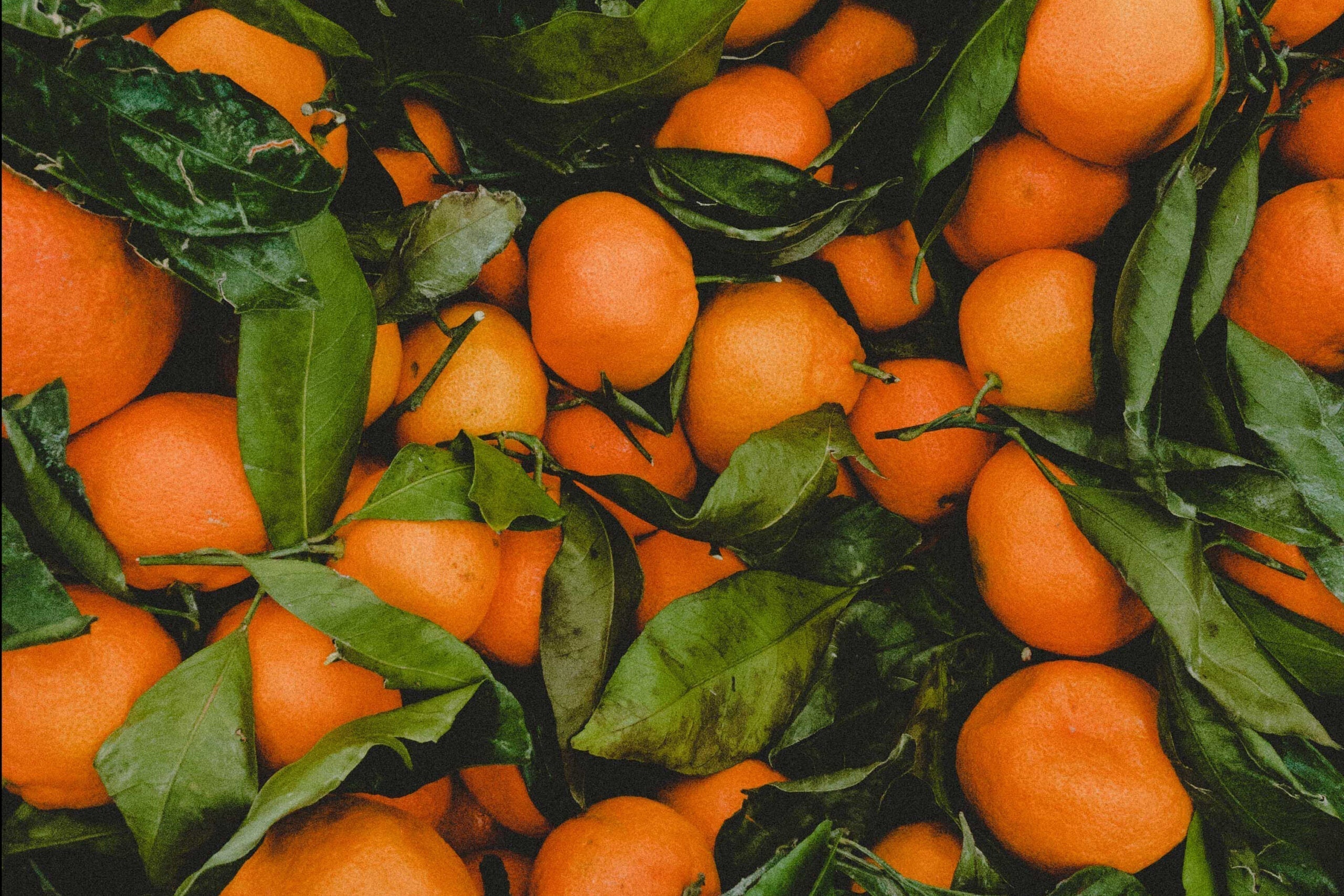
D-LIMONENE - THE SAFE PESTICIDE
What you will learn
D-Limonene: The Green Revolution in Pest Control & Cleaning
As the world increasingly turns to sustainable practices, the need for effective, environmentally friendly solutions has never been greater. In this comprehensive guide, we explore D-Limonene, a naturally derived solvent with an exceptional range of applications, from effective pest control to powerful cleaning solutions. Learn how this remarkable compound, sourced from citrus fruits, is revolutionizing industries and empowering both professionals and homeowners to embrace a greener, more sustainable future.
Environmental Concerns of Pesticides: The Need for Greener Alternatives
The agricultural sector, a cornerstone of global food production, relies heavily on pesticides to protect crops from pests and diseases. However, the widespread use of synthetic pesticides has raised significant environmental concerns.
- Ecosystem Disruption: Synthetic pesticides can harm beneficial insects, birds, and other wildlife.
- Water Contamination: Pesticide runoff can pollute water sources, affecting aquatic life and human health.
- Human Health Risks: Exposure to certain pesticides has been linked to health problems.
- Pest Resistance: Overuse of synthetic pesticides leads to the development of resistant pest populations, necessitating the use of ever-stronger chemicals.
The need for sustainable pest control solutions that balance effectiveness with environmental responsibility is critical.
What is D-Limonene? A Natural Powerhouse
D-Limonene (C₁₀H₁₆) is a naturally occurring monocyclic terpene, the primary component of citrus fruit oil. It is extracted from the peels of citrus fruits like oranges, lemons, grapefruits, and mandarins. It's a renewable, bio-based solvent that offers a range of benefits over synthetic alternatives.
Key Features:
- Natural Origin: Derived from renewable citrus resources.
- Low Toxicity: Generally considered safe for humans and animals.
- Pleasant Scent: Possesses a refreshing citrus fragrance.
- Excellent Solvency: Effective at dissolving a wide range of substances.
- Biodegradable: Breaks down naturally in the environment.
Versatile Uses of D-Limonene
D-Limonene’s unique properties allow it to perform well across a vast range of applications.
1. Pest Control
D-Limonene is a potent insecticide and insect repellent. Its citrus scent disrupts insect pheromone trails, repelling them, while its solvent action on insect exoskeletons causes dehydration.
Application Tip: Natural Pest Control Spray
- Combine 2-3 ounces of D-Limonene with one quart of water.
- Add 1 teaspoon of mild liquid soap to act as an emulsifier.
- Spray directly onto pests (ants, roaches, fleas, etc.) or areas where they are present.
- Reapply as needed.
For best results, apply in the early morning or late evening to avoid direct sunlight, which can degrade the solution.
2. Industrial Cleaning
D-Limonene is an effective degreaser and cleaner, with applications in many industrial settings.
- Heavy-Duty Degreasing: Cleans machinery, equipment, and parts by dissolving grease, oil, and grime.
- Surface Preparation: Prepares surfaces for painting or coating, ensuring proper adhesion.
- Oil Spill Remediation: Used in large-scale cleanups to break down and disperse oil spills.
3. Household Cleaning
In the home, D-Limonene is an excellent alternative to harsh chemicals for cleaning.
- Kitchen and Bathroom: Removes grease, soap scum, and hard water stains.
- Adhesive Removal: Effectively dissolves adhesives and removes stickers from surfaces.
- Air Freshener: Its natural citrus scent leaves spaces smelling fresh and clean.
For superior cleaning, Alliance Chemical offers Technical Grade D-Limonene, specifically designed for industrial-strength applications.
4. Cosmetic & Personal Care
D-Limonene is a fragrance and solvent in various cosmetic and personal care products.
- Skin Absorption Enhancer: Improves the absorption of other active ingredients into the skin.
- Fragrance: Provides a refreshing citrus scent in lotions, creams, and perfumes.
Why D-Limonene is Effective: The Science of Nature's Solvent
D-Limonene is effective because it can dissolve a wide array of non-polar substances, like fats, oils, and many synthetic materials. Its effectiveness stems from:
- Non-Polarity: D-Limonene is a non-polar solvent. This means it effectively dissolves other non-polar substances by disrupting the intermolecular forces holding them together.
- Terpene Structure: As a terpene, it has a ring structure that is particularly effective at dissolving many organic compounds.
- Solvency Power: High Kauri-butanol (KB) value, demonstrating its ability to dissolve many resins and polymers.
The Alliance Chemical Advantage
Alliance Chemical is a trusted supplier of high-quality chemicals, committed to providing sustainable solutions that meet the needs of our customers. Our Technical Grade D-Limonene is sourced and processed to meet the highest standards.
- Quality: Our D-Limonene is pure and effective.
- Sustainability: We supply eco-friendly solvents to reduce environmental impact.
- Expert Support: Our team provides knowledgeable support for diverse applications.
- Reliability: We guarantee prompt delivery and product availability to meet your needs.







